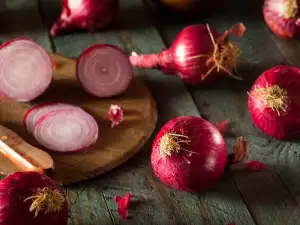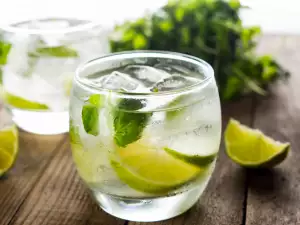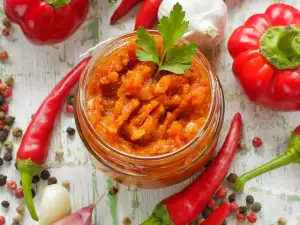Probably only a few know what husk is. It is also known by the names psyllium, Isfagula, Ispagol. In our latitudes it is practically not produced, which is why it is not very well known. Its industrial production center is in India.
Husk is made from the flakes of the seed coating of the Indian white plantain (Plantago ovata). It can be found in the form of crushed flakes or more often ground into flour. In essence, husk is a rough plant fiber, which can absorb water in the digestive tract and form a thick gel, giving a feeling of satiety.
Psyllium has no pronounced taste, which is certainly a plus: adding it to food, you will not be able to taste it. But its properties are pronounced.
Husk composition and properties
Most husk consists of soluble fiber (~ 75%), which serves as a breeding ground for the beneficial intestinal microflora. What results from this process is that bacteria "eat" soluble fiber, enter the bloodstream and lower cholesterol levels. Studies on this topic show that the intake of 10 g of psyllium per day for 1.5 months in women and men with high levels of "bad" cholesterol reduces this figure by 10-20%.
For comparison: oat and wheat bran, contain only ~ 15% fiber, of which only 5% is soluble. Insoluble fiber is not broken down by the digestive system, but captures our waste products and removes them from the body. Soluble fibers are processed by beneficial intestinal microorganisms, they need them as food. That's why husk is considered one of the best treatments for dysbiosis.
So for a pronounced effect it is necessary to simultaneously intake soluble and insoluble fibers. Drinking plenty of fluids in this context is very important (minimum 2-3 liters per day).
It is vital to consume soluble fiber to avoid intestinal problems (especially during pregnancy, active weight loss and low carb diets), to improve the carbohydrate metabolism and also to prevent the development of diabetes, gallstone disease and atherosclerosis.

Husk has almost no digestible carbohydrates, while other bran contains up to 60% of them. Dissolving in water, psyllium slows down the digestion and absorption of carbohydrates and fats and this way it slows down the secretion of insulin. Excess insulin, as you know, is directly related to fat deposition. Also, its regular use helps to lower blood sugar.
Husk is also the most powerful enterosorbent. In the intestine it turns into a mucous mass and removes toxins from the body. In addition, its action is aimed at enveloping the walls of the digestive tract, healing wounds and erosions in it. It also has a positive effect on hemorrhoids.
Husk also ensures the proper drainage of intercellular fluid into the lymph vessels, helping to expel toxins from the intercellular space.
How is it used?
It is believed that it is best when it is grinded into powder (flour). In addition to being consumed directly, dissolved in water, it can be added to baked dietary products, pancakes, pastries, waffles and more. There is also a husk of whole flakes, approximately the size of flaxseed. The properties do not differ. It is ideal with kefir, ayran, yogurt, smoothies, juice and water.
It is important to use psyllium properly! It is necessary to actively mix 1 teaspoon in a glass of liquid and drink it without waiting for it to swell. Drink more water if you wish. It is recommended to intake it daily (this is not a medicine, but part of the diet), because with food we do not get the necessary amount of fiber that the body needs every day.

Direct indications for use may be indigestion (constipation or diarrhea), high blood sugar or cholesterol, irritable bowel syndrome, diverticulosis. If you experience these problems, then the use of husk can be increased to 2-3 times a day. The main thing is not to forget to drink water.
Warning! Husk can cause allergic reactions. It is not recommended for people with difficulty swallowing, narrowing of the esophagus, intestinal obstruction, fecal invasion. Excessive consumption is also not recommended. In case of overdose it causes swelling and flatulence.
Prepared with husk, baked products become fluffy and porous. Its main property, which makes it an essential ingredient in low-carbohydrate and gluten-free baked goods, is its ability to absorb moisture and form a gelatinous mass. That is why it is important that the mass is homogeneous, like a gel and not lumpy. One gram of husk flour absorbs 45 milliliters of water! And the products baked with it turn out to be very fluffy, porous and airy.
In fact husk replaces gluten when baking, so by adding it, you can safely bake thin pancakes, for example from buckwheat flour. Without gluten, this is difficult to achieve - there is not enough elasticity and they break. You can also add husk to pastries made from almond, coconut, sesame flour and it will significantly improve the structure.
In general, husk fully corresponds to the motto "pleasure for health". Not only is it very healthy, but it also allows you to diversify your menu, include high-quality healthy pastries and get the most out of your food.




















Comments